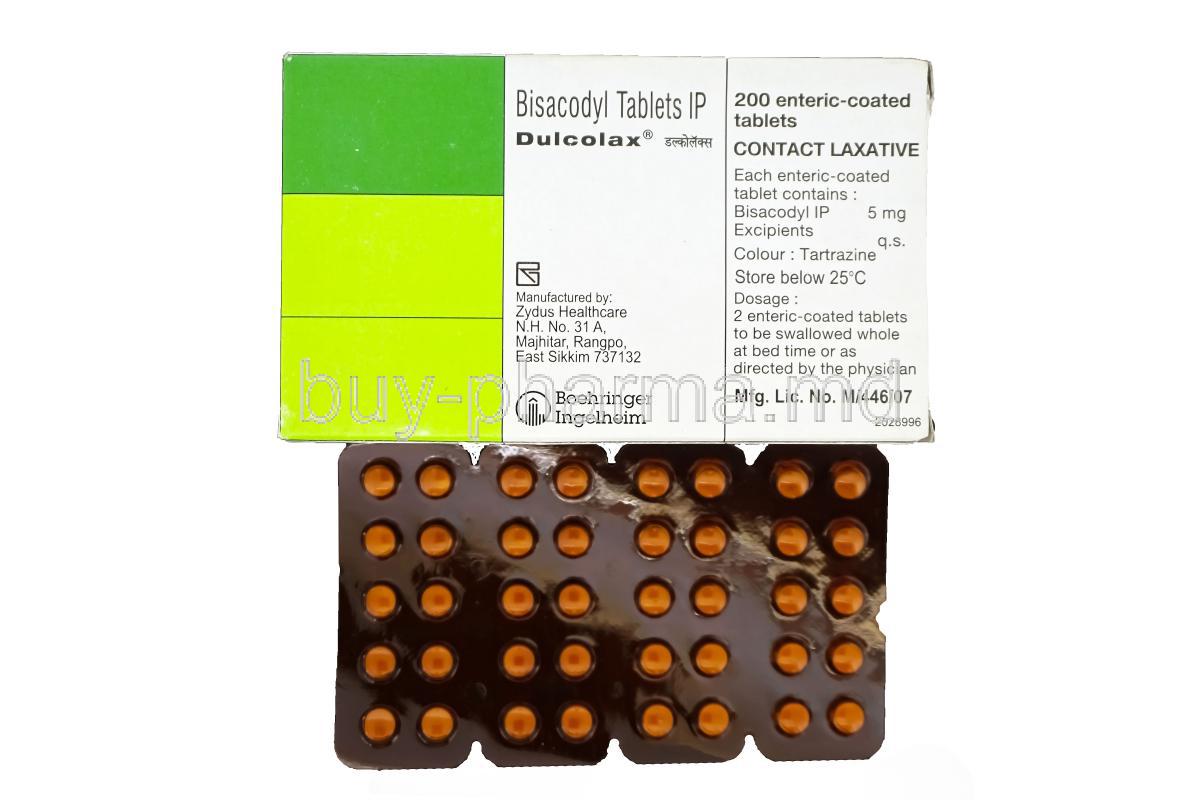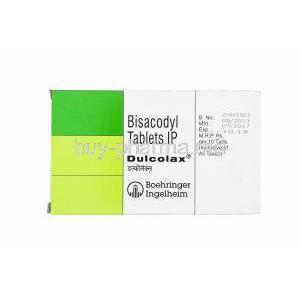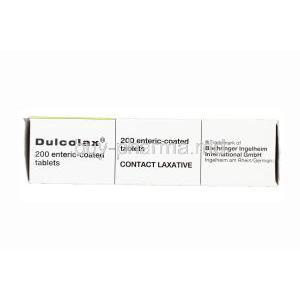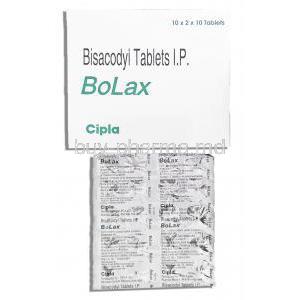Dulcolax
- I. Introduction
- II. Uses
- III. How It Works
- IV. Off-Label Use
- V. Dosage and Administration
- VI. Composition
- VII. Side Effects
- VIII. Common Side Effects
- IX. Interactions
- X. Warning
- XI. Contraindication
- XII. Careful Administration
- XIII. Important Precautions
- XIV. Administration to Elderly
- XV. Administration to Pregnant Women and Nursing Mothers
- XVI. Administration to Children
- XVII. Over Dosage
- XVIII. Storage
- XIX. Handling Precautions
I. Introduction
Dulcolax, a known brand of laxative medication, has been around since the early 20th century. It gained popularity due to its formula, which has provided relief to countless individuals dealing with digestive problems. In medicine, it has established itself as a go-to option for addressing constipation and aiding in bowel preparation before medical procedures.

II. Uses
Dulcolax is a medication that is primarily known for its effectiveness in treating constipation and its use as a preparation method before procedures. The reason behind its success in promoting bowel movements is its ability to stimulate the muscles of the bowels, which aids in the passage of stool 1.
References:
- Dulcolax References
- Dulcolax Side Effects: Common, Severe, Long Term - Drugs.com
- Dulcolax, Correctol (bisacodyl) dosing, indications, interactions … - Medscape
- Dulcolax Stool Softener: Side Effects, Uses and Dosage - Drugs.com
III. How It Works
The effectiveness of Dulcolax is due to the ingredient it contains, called bisacodyl. This component plays a role in how the medication works. It stimulates contractions in the colon, which helps move stool towards the rectum. Usually, after taking Dulcolax, you can expect it to start working within 6 to 12 hours, providing relief when needed.
IV. Off-Label Use
Off-label prescribing refers to the use of a drug for purposes that are not officially approved. While it can sometimes be based on experience, it is important to approach such prescriptions with caution. There have been instances where Dulcolax has been considered for addressing distention although this is not a widely accepted use. While off-label use may offer benefits in terms of exploring new therapeutic options, it’s important to be aware of the potential risks involved, such as unexpected adverse reactions or reduced effectiveness 123.
Here are some references that you can use to learn more about off-label prescribing and Dulcolax:
- Prescribing “Off-Label”: What Should a Physician Disclose?
- Off label medicine use
- The Law and Practice of Off-Label Prescribing and Physician Promotion
V. Dosage and Administration
Adults usually take a dose of 5 to 15 mg of Dulcolax, either in tablet or suppository form. People who are older or have kidney problems may need to adjust their dosage. Additionally, Dulcolax can be taken by mouth. Inserted rectally and the rectal method often provides faster relief.
VI. Composition
Dulcolax's therapeutic effectiveness is attributed to its component, bisacodyl. In addition, there are inactive ingredients that act as carriers or binders. Although these substances are typically harmless, it is essential to be cautious of potential allergens to ensure the safety of patients.
VII. Side Effects
Similar to any medication, Dulcolax has a variety of potential side effects. These can vary from common to rare and more serious. It's essential to distinguish between these two categories to seek attention promptly if needed.
VIII. Common Side Effects
Issues: It's quite common for individuals to encounter stomach cramps, loose stools, or intermittent waves of nausea. Neurological Problems: A few individuals may mention experiencing a sense of lightheadedness or occasional instances of headaches.
IX. Interactions
Using Dulcolax at the time certain medications or substances can cause interactions that may reduce its effectiveness or cause unwanted effects. It's essential to be aware that antacids, in particular, have the potential to dissolve the coating on Dulcolax tablets, which could result in stomach discomfort.
X. Warning
Dulcolax is effective. It's essential to be cautious in certain situations. You should use it carefully if you have bowel obstructions or severe dehydration. It's also necessary to monitor your usage, mainly if you use it for a long time, to avoid any possible complications.
XI. Contraindication
Sometimes, it may not be recommended to take Dulcolax in certain situations. People who have conditions, like ileus or acute abdominal conditions should avoid using it. These precautions are based on the possibility of worsening the existing condition or experiencing reactions.
XII. Careful Administration
Patients with conditions, especially those that affect the digestive system, require a customized approach when administering Dulcolax. Regular monitoring can help identify any adverse reactions early on, ensuring the treatment's safety and effectiveness.
XIII. Important Precautions
Dulcolax is a trusted solution for constipation. It's essential to be mindful of certain intricacies when using it. One crucial aspect is getting the dosage right, especially if you have medical conditions like kidney diseases, which may require adjustments to the dosage. Another consideration is prolonged usage, as relying on it for a time can lead to dependency. To ensure a safe therapeutic experience, it's advisable to follow the recommended dosages and consult healthcare professionals for guidance.
XIV. Administration to Elderly
The elderly population with unique physiological characteristics requires a customized approach when administering Dulcolax. While the general guidelines for dosage may still apply, some factors need to be considered: 1. Metabolic Rate: The natural decline in metabolism accompanying aging can impact how the body processes medications. 2. Concurrent Medications: Elderly individuals often take medications simultaneously, increasing the potential for drug interactions. Despite these considerations, when administered carefully, Dulcolax can provide significant relief to older individuals and help alleviate the discomfort associated with constipation.
XV. Administration to Pregnant Women and Nursing Mothers
Pregnancy and breastfeeding bring about a range of factors to consider regarding medications. Although Dulcolax may appear harmless regarding how it works, we must not overlook the impact on the fetus or infant. Specifically, there is a possibility that bisacodyl, the active ingredient, could transfer to breast milk. While there haven't been any findings on teratogenic effects, it's essential to exercise caution. Considering these factors, pregnant and breastfeeding women should consult healthcare professionals before taking Dulcolax to ensure the well-being of both mother and baby.
XVI. Administration to Children
Administering medication to children requires a balance between precision and caution. When it comes to Dulcolax and its dosage, for patients, it's important to note that the doses often differ from those given to adults, which means that precise measurement is crucial. We must also consider safety parameters as childrens developing physiological systems can sometimes respond differently. That's why it's essential to monitor them after administering the medication. By following these guidelines, we can ensure that children receive the benefits of Dulcolax while minimizing any potential risks.
XVII. Over Dosage
Although it is rarely possible to experience an overdose of Dulcolax, if this happens, you might experience symptoms such as distress, including excessive diarrhea, abdominal cramps, and nausea. It's important to note that chronic diarrhea from an overdose can lead to dehydration and other related issues. If you suspect an overdose, seek medical attention. Medical professionals may recommend treatments like lavage or activated charcoal as remedies.
XVIII. Storage
The effectiveness of Dulcolax dramatically depends on how it's stored. To ensure it works as intended, it is essential to follow these guidelines: Temperature: It should be stored in a dry place away from direct sunlight. Safety: Always keep it out of reach of children at all times. By following these recommendations, you can maximize the shelf life and effectiveness of Dulcolax.
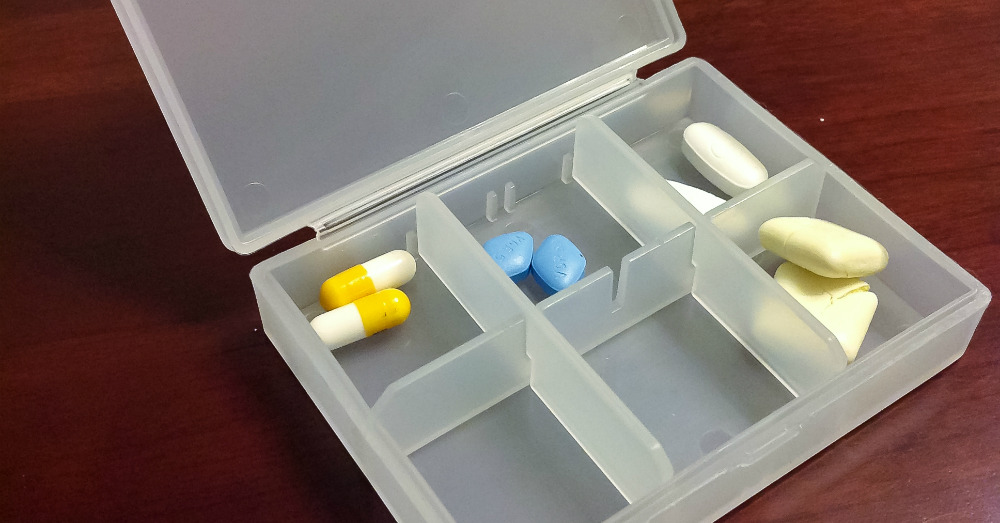
XIX. Handling Precautions
To ensure that Dulcolax remains in condition, handling it with great care is necessary. Here are some essential steps to follow: 1. Clean Hands: Always make sure your hands are clean when taking the medication to avoid any contamination. 2. Proper Disposal: When you have expired or unused Dulcolax, it's essential to dispose of it according to regulations for environmental safety. By following these handling practices, we can ensure that Dulcolax remains uncontaminated and provides its therapeutic benefits without any additional risks.

